Everything here seems to be the work of master craftsmen, with contributions by woodworkers and stone masons…
blacksmiths, including one of a kind leaded windows with beveled glass panes…
plasterers…
and bricklayers (or brick-levitators, as the case may be)…
not to mention the ubiquitous fine art and furnishings on display in every room, as well as this unique fireplace.
The looniest thing about this Looney Listing is that those who designed and built the home, as the saying goes, chose wisely. And that’s pretty darn rare.
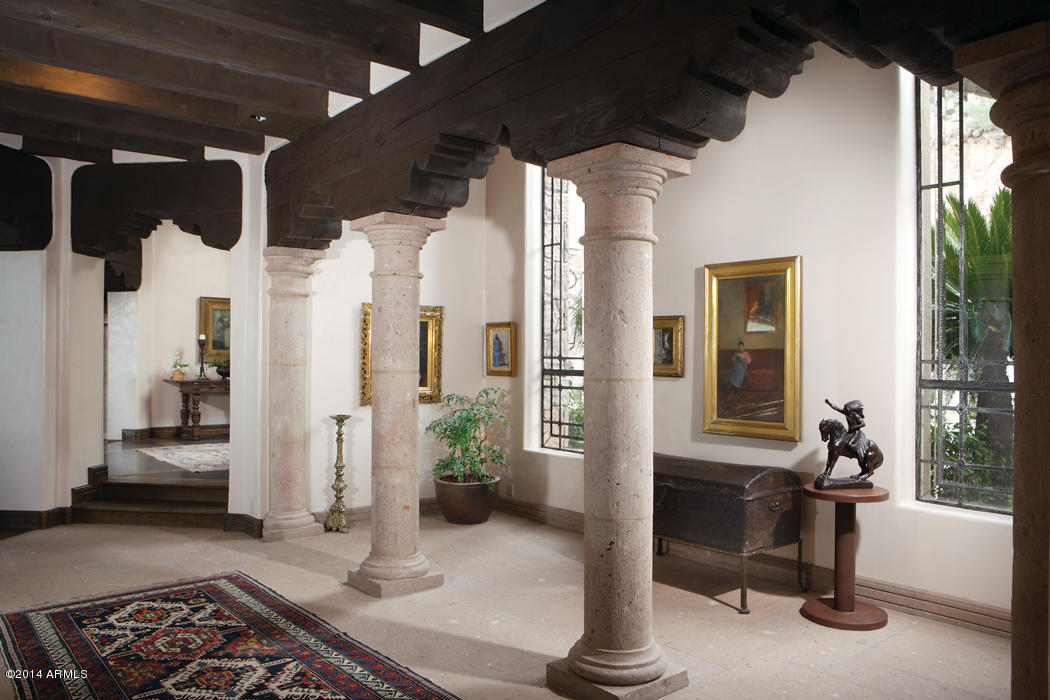
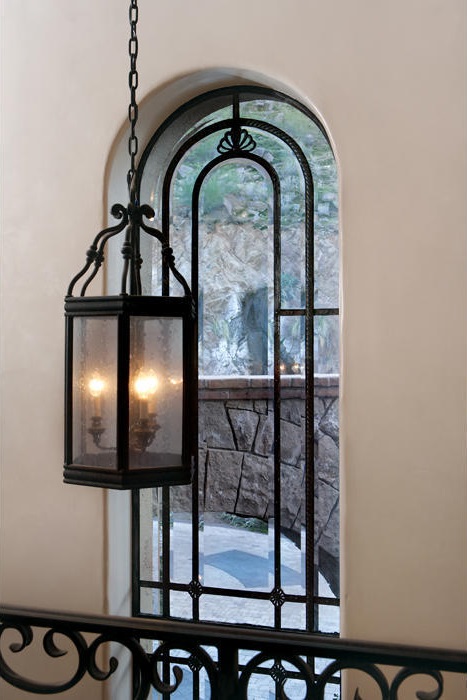
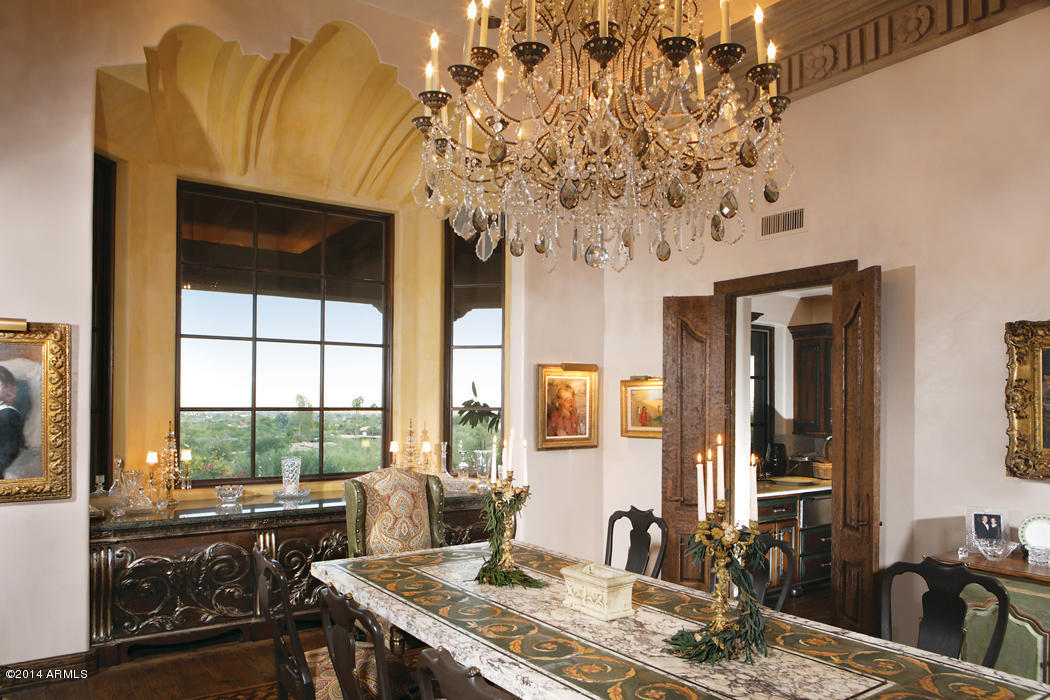
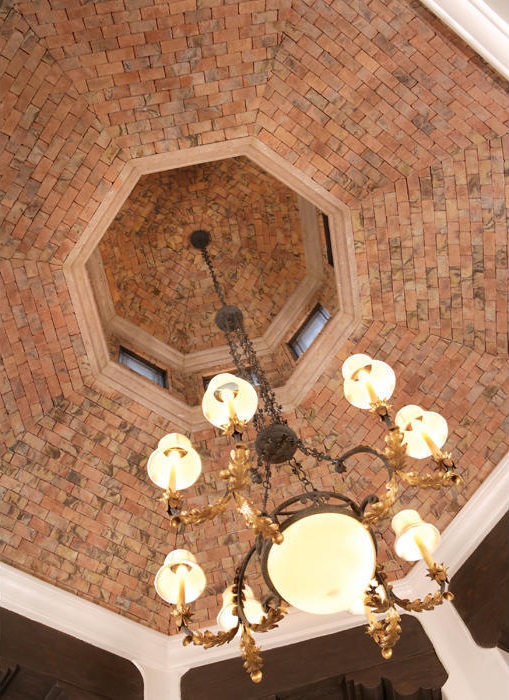

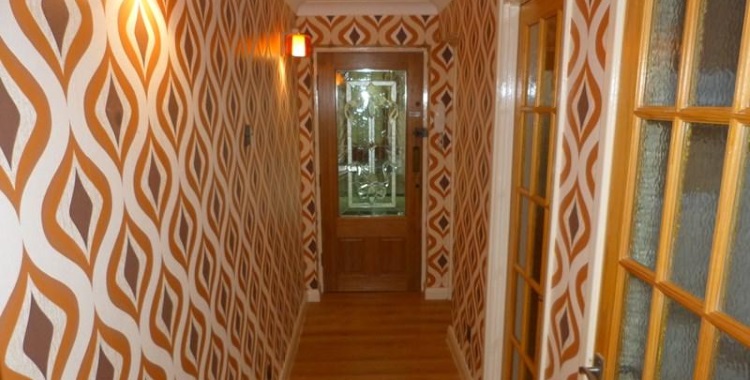
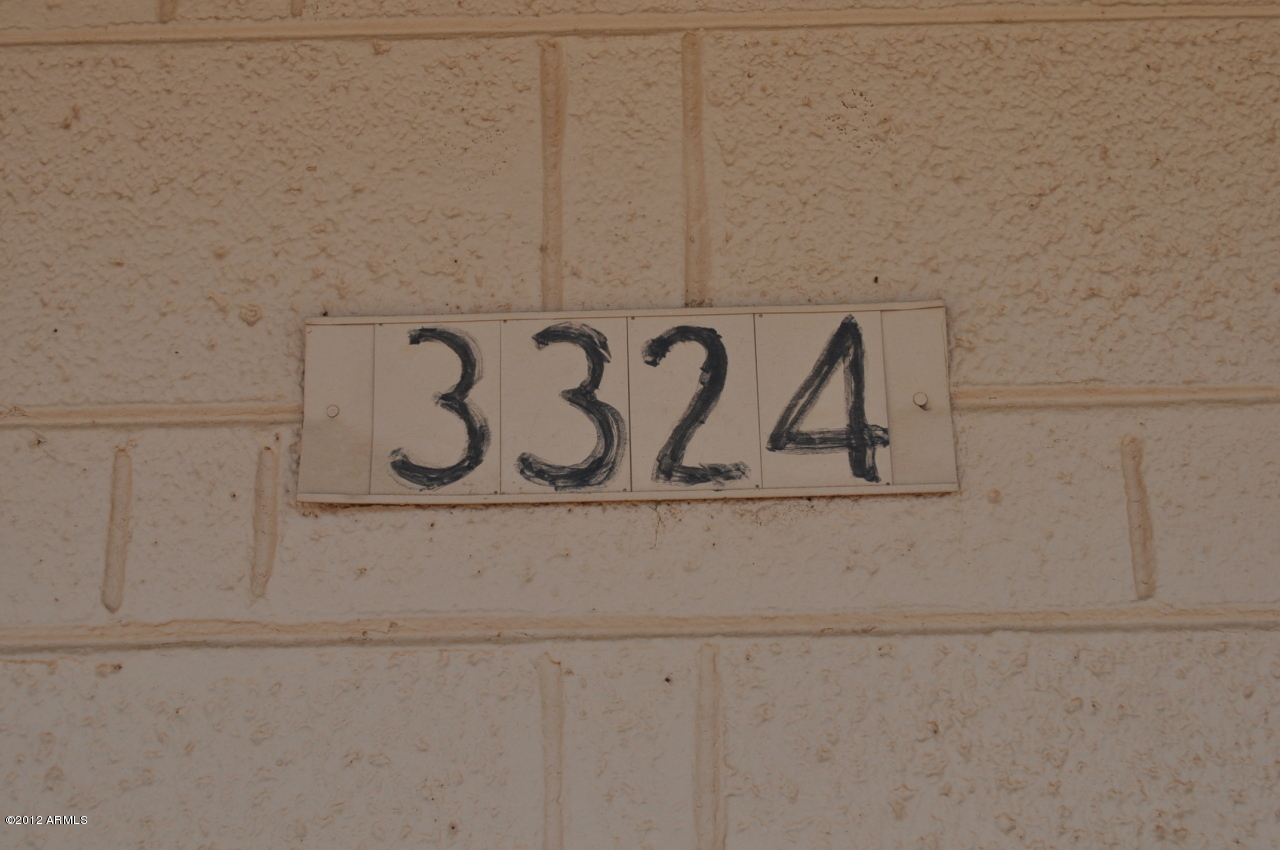
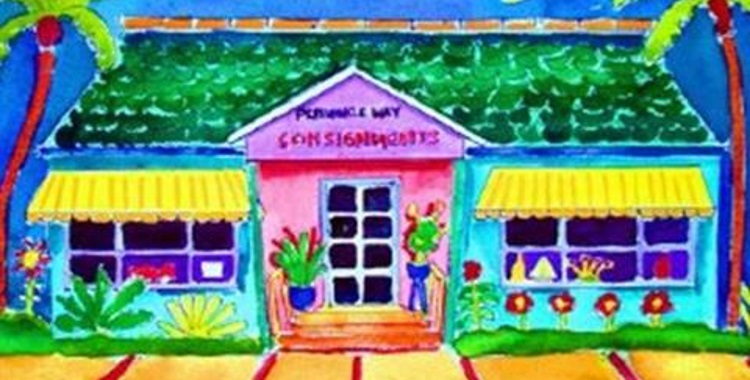

Wow! I don’t know what you’d call this style, but I like it. You can see Adobe, Roman, Anglo, Western… Nicely done: classy, with heavy, but not overdone, elements. It just makes you feel noble to see it.
@Frodo: Yeah, that’s pretty much how I felt when I found it. I wondered about the name on the stone arch over the entry drive, “Vizcaya” (Pic 21). Turns out it’s also the name of a mansion in Coconut Grove, FL, an utterly stunning Italian Renaissance structure chock full of fine art, just like this place. It was owned by one of the founders of the Deering McCormick-International Harvester empire, the “tractors and combines are us” folks. So BIG money, thankfully accompanied by BIG taste. No idea if this redux is merely named for it or if it’s the product of a Deering descendent. (BTW, Vizcaya is a mistaken version of the name of a Spanish explorer.)
Another style I’m reminded of is that of monasteries in Tibet and Nepal. Lots of oversized, intricately carved and interlocking overhead wooden structures. They definitely achieve the triple whammy of Vitruvius’ “firmness, commodity, and delight.” That’d be where the “noble” feeling comes from.
There were only a couple of things that might benefit from reconsideration. In a lot of the high ceiling rooms (e.g., Pics 8, 13, 16) almost all the visual interest is in the lower 1/3-1/2 of the room. Above, there’s just an expanse of blank cream colored walls which are actually quite distracting. But maybe being there feels different, given only tiny bits of the wood brackets and bracing can be seen in the photos.
Also, the levitating brick dome and cupola, it they are indeed brick, are structurally dishonest because… bricks just don’t work like that. These may actually be stone tiles or even sections of cork, so again maybe being there would alleviate the unnerving sense I get that at any moment a rain of bricks might be unleashed… on my head. At least gazing at all the fine art will be a nice pastime while it happens.